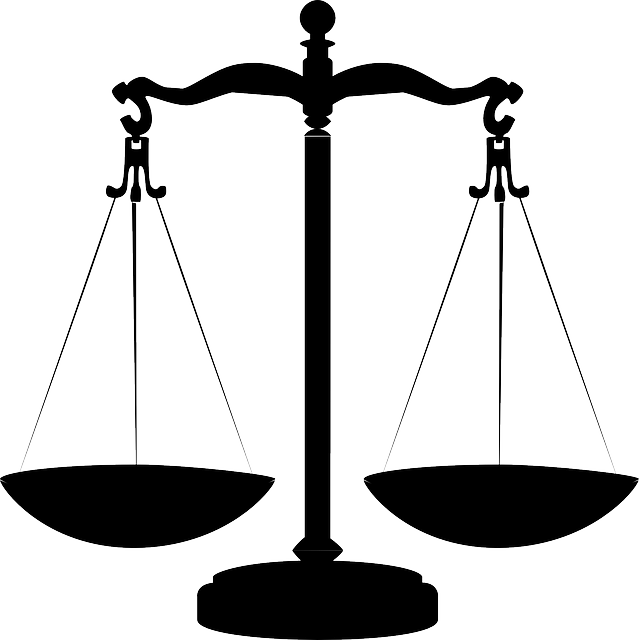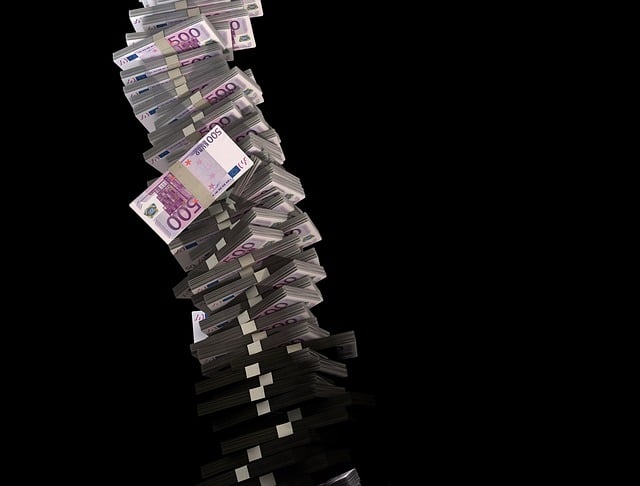This text compares purchase order (PO) financing and invoice factoring, two alternative funding methods for businesses. PO financing provides upfront capital against future sales, while invoice factoring offers immediate cash by selling invoices at a discount. Key differences lie in collateral, cash flow management, fees, and risk—PO financing maintains buyer-seller relationships but has higher interest rates, whereas factoring involves third-party collection but offers faster access to funds. Businesses should carefully consider their financial goals, cash needs, and risk tolerance when choosing between these options.
In today’s fast-paced business landscape, optimizing cash flow is crucial. This article delves into the comparative analysis of two financial tools: Purchase Order (PO) Financing and Invoice Factoring. Understanding the nuances between these methods is essential for businesses aiming to streamline operations and enhance profitability. We explore key differences, benefits, and considerations, helping you navigate the choice between PO financing or invoice factoring to best suit your needs.
- Understanding Purchase Order Financing and Invoice Factoring
- Key Differences Between PO Financing and Factoring
- Comparing Benefits and Considerations for Businesses
Understanding Purchase Order Financing and Invoice Factoring

Purchase Order (PO) financing and Invoice Factoring are two distinct financial solutions offered to businesses, each with its unique benefits and applications. PO financing refers to a type of funding where a lender provides capital against an outstanding purchase order from a customer. This method allows businesses to receive money upfront for goods or services they’ve already provided but have not yet been paid for by the buyer. It’s essentially a form of short-term lending that bridges the gap between the delivery of products/services and actual payment receipt.
On the other hand, Invoice Factoring involves selling accounts receivable (invoices) to a third-party factor. The factor provides immediate funding to the business, typically paying a significant portion (70-90%) of the invoice value upfront. The remaining balance is paid once the customer pays the full invoice amount. Unlike PO financing, which focuses on the purchase order as collateral, factoring leverages the creditworthiness of both the business and its customers. This method offers more flexibility in terms of cash flow management but may involve higher costs due to fees and interest rates charged by the factor.
Key Differences Between PO Financing and Factoring

When considering purchase order (PO) financing or invoice factoring, understanding their key differences is crucial for businesses to make an informed decision based on their cash flow needs and operational strategies. PO financing involves funding against a future sale represented by a purchase order from a buyer. This method provides working capital upfront, allowing businesses to cover immediate expenses and production costs before the actual invoice and payment from the buyer. On the other hand, invoice factoring offers a more immediate cash injection by selling outstanding invoices at a discount to a third-party factor.
PO financing typically maintains the original relationship between the seller and their customer, as the buyer remains responsible for making payments directly to the seller. In contrast, factoring involves assigning the accounts receivable (invoices) to a factor, who then manages the collection process, taking over the debt from the buyer. This can free up significant cash flow for businesses but also comes with additional fees and potentially higher interest rates compared to PO financing. Comparing these two options, businesses should consider their financial goals, cash flow requirements, and risk tolerance to determine which method aligns best with their operations.
Comparing Benefits and Considerations for Businesses







